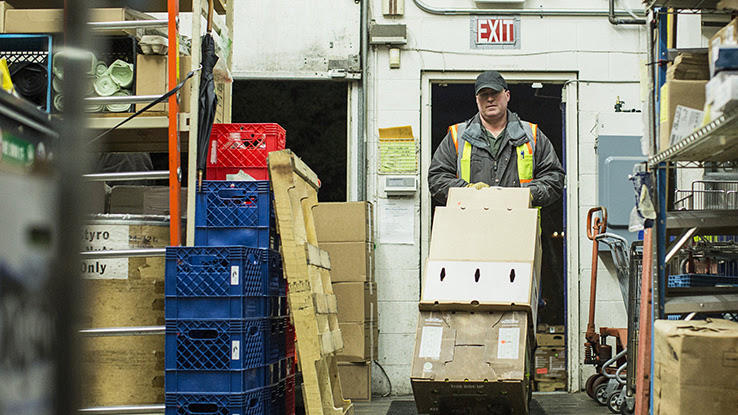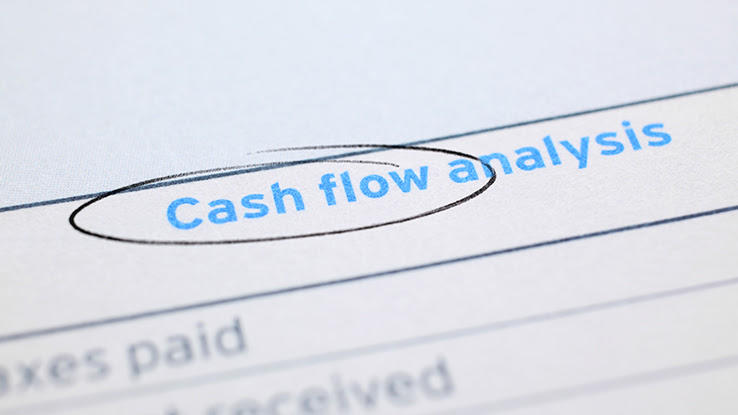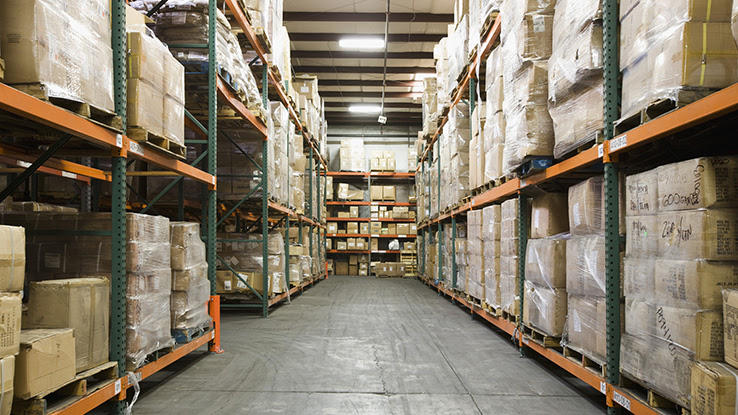Continuous Rate of Money Flow of 8000 Per Year for 6 Years

If managing a business requires you to think on your feet, then making a business grow requires you to think on your toes. One key financial aspect of ensuring business growth is understanding proper cash flow. But cash flow can be complicated and can lead to detrimental business decisions if you don't utilize it properly. That's why it's important to understand what cash flow is, the elements and types of cash flow, how it works and what you can do to watch it increase.
When you know the full scope of the money coming into a company and the money going out, you're better equipped to change the strategic direction of the business. Strategic decision-making can mean the difference between expanding a business or shutting its doors.

The primary importance of cash flow is to ensure a healthy and prosperous business. Cash flow is the money flowing into and out of the company, sort of like its income and expenses. First, cash flow is important because it determines the financial health a business is experiencing. Second, cash flow is important because it allows a company to make better decisions regarding spending during key moments. Third, cash flow allows a company to understand where it's spending money, which can lead to better management of that money.
In addition, cash flow protects valuable business partnerships. Cash flow issues may prevent a company from paying suppliers and can quickly damage a company's reputation. And finally, the goal of any business is expansion. Proper cash flow indicates to a company the ideal time to initiate growth efforts, which can require ample cash. Whether purchasing stock, renting or renovating buildings, or increasing recruitment efforts, proper cash flow management tells you the right time to expand a business.
How Does Cash Flow Work?

You can calculate cash flow by adjusting a business' net income. This is done by subtracting the difference between expenses, revenue and credit transactions, which all appear on balance sheets. Different balance sheets to utilize include asset, liability and income statements.
Types of Cash Flow

The direct cash flow method totals various cash payments and receipts, including payments to suppliers, receipts from clients and payroll adjustments. The figures are calculated with the starting and ending balances and allow you to determine the net increases and decreases in accounts.
An indirect cash flow method involves calculating operating activities by taking the net income from an income statement. Revenue is counted when it's earned, not received, because the income statement is prepared on an accrual basis.
Elements of Cash Flow

Operating activities are the primary revenue-generating processes a company or organization makes that don't include investments or financing. They include the day-to-day sales and marketing efforts, for example.
Investing activities involve sources and uses of cash from investments. This category includes asset purchases, loan payments or receipts, or any payments involved in a merger or acquisition of another business. When a company divests an asset, it's considered a "cash in" transaction.
Financing activities include all cash sources from banks, investors and shareholders. This element of cash flow includes dividend payments, stock purchases and payments on principal debt. All other financial activities fall within the other two elements.
Positive vs. Negative Cash Flow

Having positive cash flow signifies that there's more money coming into the business than leaving it. You can liken positive cash flow to profit from figuring out how healthy a business is.
Demonstrating negative cash flow means the exact opposite. It shows less money coming into the business than the business is spending. Negative cash flow doesn't always signify there's a problem within the business, however. If a business expands at the right time, it'll more than likely see negative cash flow for a short time. Analyzing cash flow regularly helps investors and the business understand the company's performance.
What Is a Cash Flow Statement?

A comprehensive and accurate cash flow statement allows a business to know the exact amount of money available at any time. As mentioned earlier, a cash flow statement allows a company to make better judgment calls regarding strategic decision-making. The cash flow statement allows business leaders to see and communicate accurate financial information.
Some may feel their business is in a strong position, but the cash flow statement shows exactly why there isn't money coming in during a specific period. The cash flow statement also clarifies why a business should or should not make large purchases.
How to Get a Cash Flow Statement

A good cash flow statement can come from an experienced financial analyst. Finding an exceptional analyst with experience in corporate finance will help with preparing a thorough, accurate and comprehensive cash flow statement for a larger business. According to the Corporate Finance Institute, "The International Accounting Standards Board (IASB) favors the direct method of reporting because it provides more useful information than the indirect method. However, it is believed that greater than 90% of public companies use the indirect method."
Tips for Managing Cash Flow

Perhaps the most important tip about managing cash flow is to rely on the cash flow statement before deciding to expand or grow the business. According to Tim Berry with Entrepreneur.com, a U.S. Bank study found that "82% of business failures are due to poor cash management." Accuracy within the cash flow statement gives a company a clear idea of its liquidity and cash to pay off expenses. It also assists in predictions for future cash flow, which can in turn help with proper budgeting.
How to Increase Cash Flow
Risky decision-making will likely be detrimental to a company's future. Another tip is to focus on getting rid of inventory because it eats away at cash. Berry says, "Every dollar you have in inventory is a dollar you don't have in cash." In addition to improving inventory, these are other primary tips a business can use to increase cash flow, depending on its needs:
- Don't buy property, but lease property
- Offer the customer incentives for early payment
- Conduct thorough credit checks on customers
- Form a buying cooperative
- Immediately send out invoices
- Employ electronic payment methods
- Utilize savings accounts with higher interest rates
- Increase product pricing
Keep a close eye on finances and calculate your company's cash flow regularly. Doing so can mean the difference between capturing a bigger market share or losing to competitors.
chengligaidaid1942.blogspot.com
Source: https://www.askmoney.com/investing/cash-inflow-outflow?utm_content=params%3Ao%3D1465803%26ad%3DdirN%26qo%3DserpIndex&ueid=3d5bae38-ab50-4057-8c8b-5281e3acdee4
Belum ada Komentar untuk "Continuous Rate of Money Flow of 8000 Per Year for 6 Years"
Posting Komentar